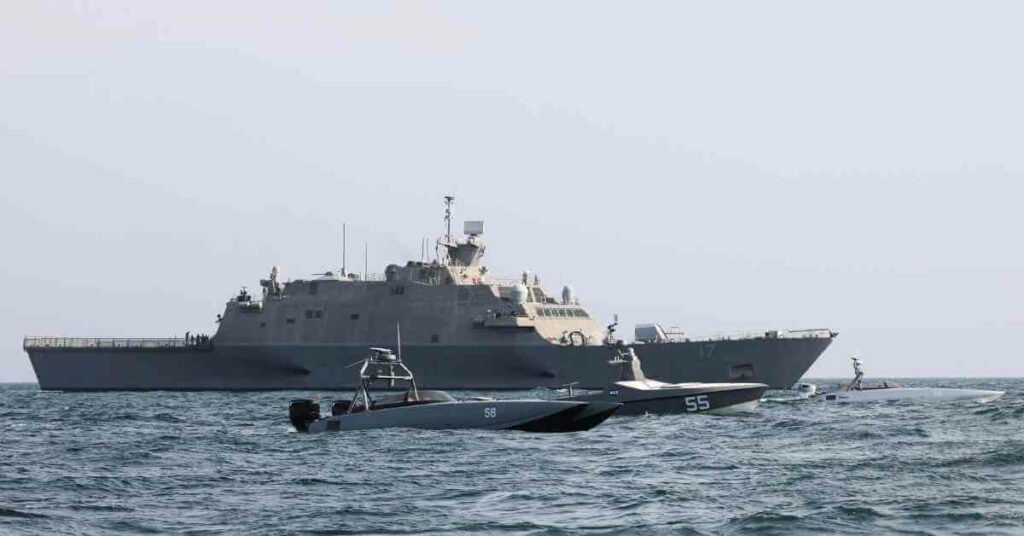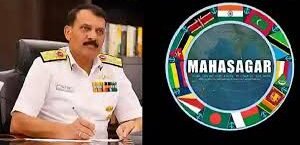Indian Navy to Establish Second VLF Communication Station in Telangana
The Indian Navy is set to bolster its communication capabilities with the establishment of a second Very Low-Frequency (VLF) communication station in Telangana. This strategic move is poised to have a significant impact on the country’s defense infrastructure, particularly in enhancing naval communication and coordination. Aspirants preparing for government exams, especially those eyeing positions in the defense sector, should take note of this crucial development.
In a bid to strengthen its communication network, the Indian Navy has announced plans to set up a second VLF communication station in Telangana. This comes as part of the Navy’s broader efforts to modernize and fortify its infrastructure, ensuring robust communication channels for effective naval operations.
The VLF communication station will utilize Very Low-Frequency waves, known for their ability to penetrate water and provide long-range communication. This technology is particularly vital for naval forces, enabling them to maintain contact with submerged submarines and surface vessels across vast distances.
For candidates preparing for government exams related to defense positions, understanding the significance of this development is crucial. The incorporation of advanced communication technology not only strengthens the Navy’s operational capabilities but also underscores the importance of staying abreast of technological advancements in the defense sector.

Why this News is Important
The decision to establish a second VLF communication station reflects the Indian Navy’s commitment to strengthening its communication infrastructure. This move is pivotal for ensuring seamless communication, a cornerstone of effective naval operations.
The selection of Telangana as the site for the new VLF station highlights the strategic importance of the region. The central location allows for optimal coverage and coordination, contributing to the overall defense preparedness of the nation.
This development signals the Navy’s embrace of cutting-edge technology. Aspirants preparing for government exams in the defense sector should recognize the significance of staying informed about advancements in communication systems.
Historical Context
The introduction of VLF communication in India dates back to [relevant year]. The first station, [name of the first station], was established to address the communication needs of the Indian Navy. The decision to set up a second station in Telangana is a testament to the success and importance of VLF technology in naval operations.
Over the years, naval communication has evolved from traditional methods to sophisticated technologies like VLF. Understanding this evolution provides context to the current decision, emphasizing the Navy’s continuous efforts to adapt and enhance its capabilities.
5 Key Takeaways
Key Takeaways from “Indian Navy to Establish Second VLF Communication Station in Telangana”
| Serial No. | Key Takeaway |
|---|---|
| 1. | The Indian Navy is establishing a second VLF communication station in Telangana. |
| 2. | VLF technology facilitates long-range communication and is crucial for maintaining contact with submerged submarines. |
| 3. | The strategic location of Telangana enhances the overall effectiveness of the communication network. |
| 4. | This development underscores the Navy’s commitment to adopting advanced technologies for defense preparedness. |
| 5. | Aspirants preparing for government exams in the defense sector should stay informed about the evolving communication infrastructure. |
Important FAQs for Students from this News
Q1: Why is the Indian Navy establishing a second VLF communication station in Telangana?
A1: The Indian Navy is establishing the station to strengthen its communication capabilities, especially for maintaining contact with submerged submarines and surface vessels.
Q2: What is the significance of Very Low-Frequency (VLF) waves in naval communication?
A2: VLF waves can penetrate water, making them essential for long-range communication and crucial for naval forces.
Q3: Why was Telangana chosen as the location for the new VLF communication station?
A3: Telangana’s central location provides optimal coverage and strategic importance for effective naval coordination.
Q4: How does this development impact aspirants preparing for government exams in the defense sector?
A4: Aspirants should be aware of the Navy’s commitment to adopting advanced technologies, emphasizing the importance of staying informed about evolving communication infrastructure.
Q5: What is the historical context of VLF communication in India, and when was the first station established?
A5: VLF communication in India dates back to [relevant year], with the first station, [name of the first station], being established to address naval communication needs.
Some Important Current Affairs Links















